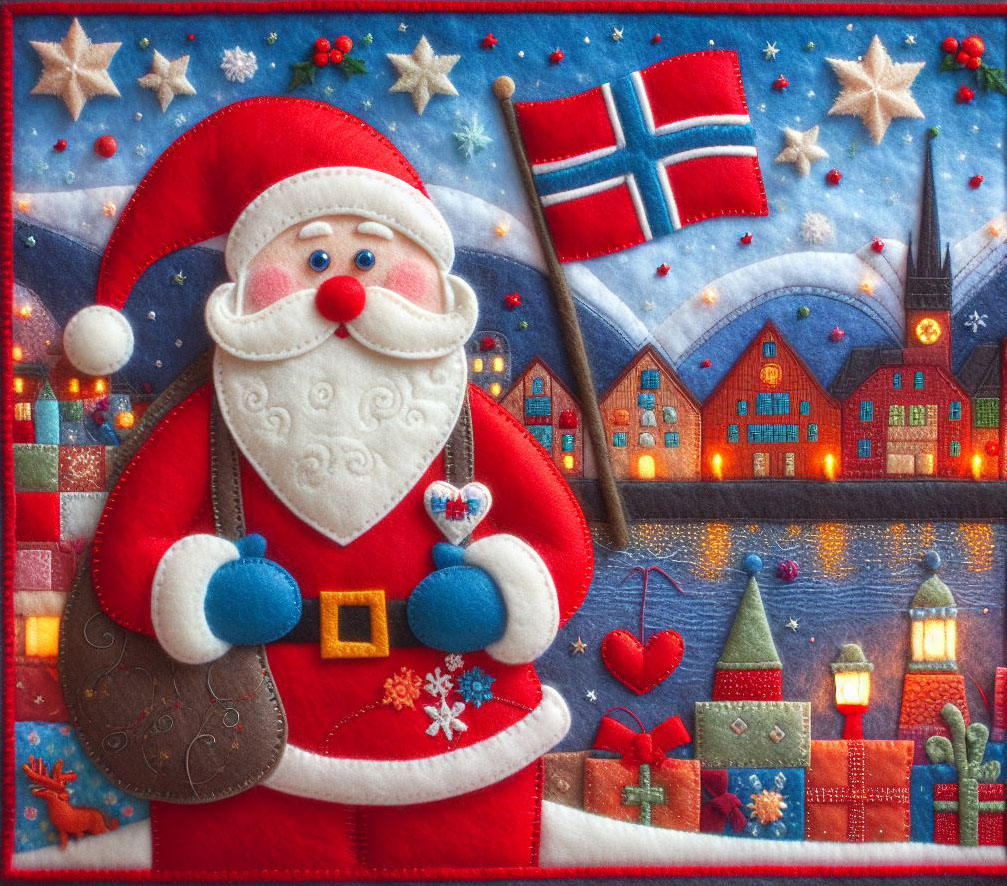Christmas in Norway: Traditions, Celebrations, and History
Over the course of eight weeks, Norwegians celebrate Christmas, or "Jul," a holiday that combines contemporary celebrations with traditional ones.

Over the course of eight weeks, Norwegians celebrate Christmas, or "Jul," a holiday that combines contemporary celebrations with traditional ones.

